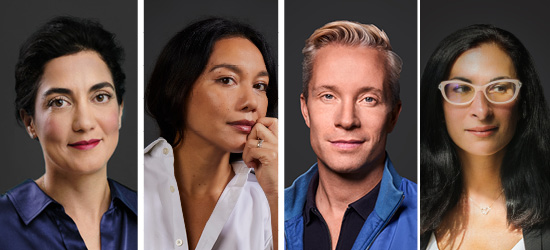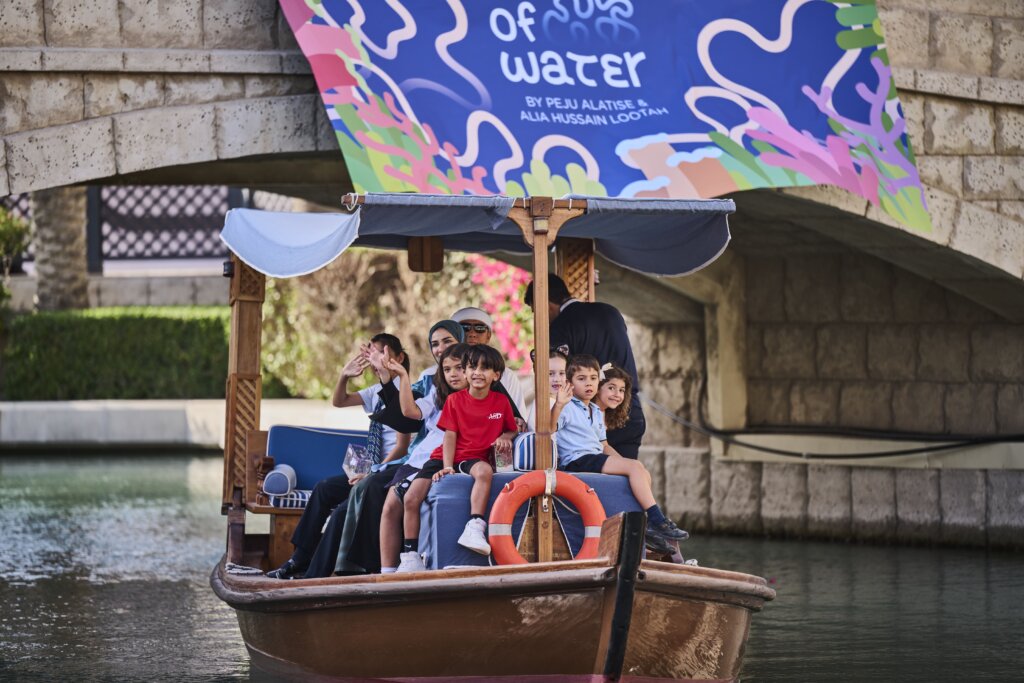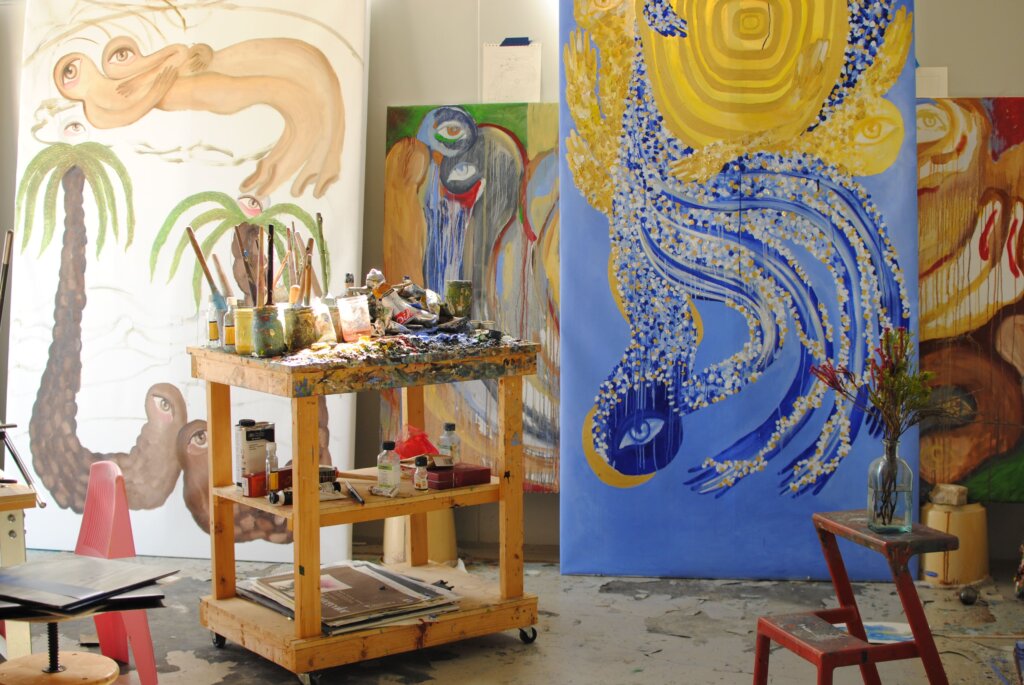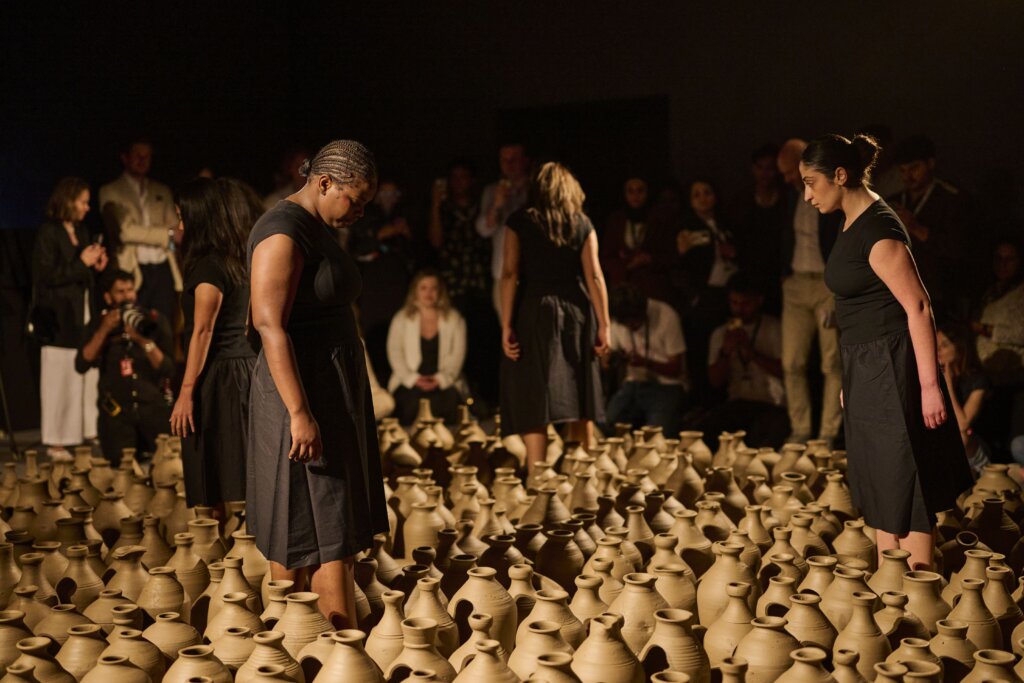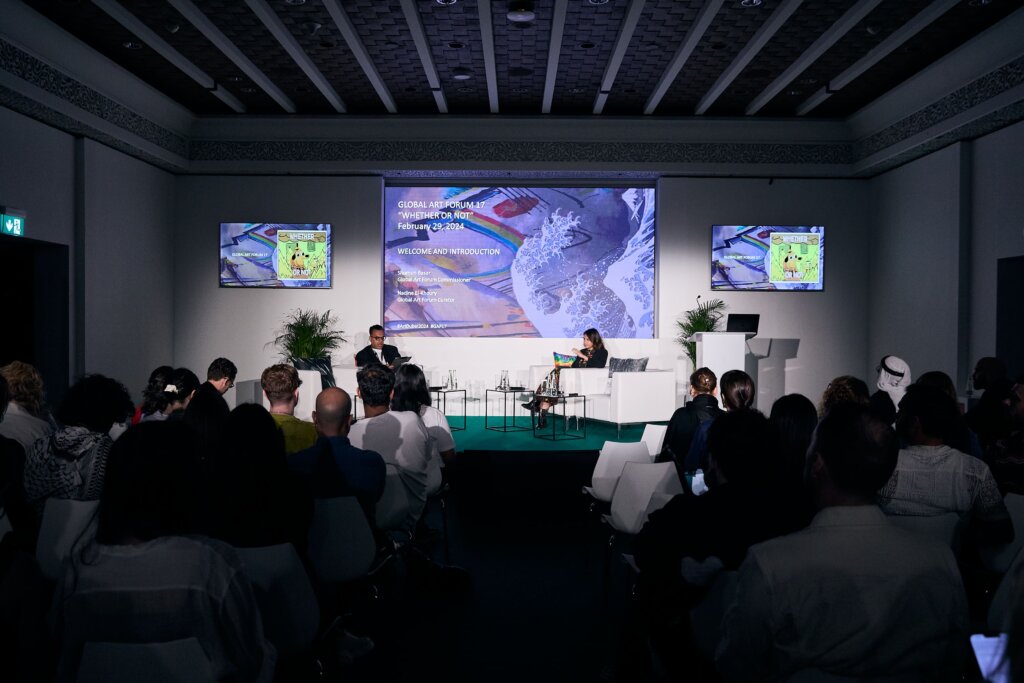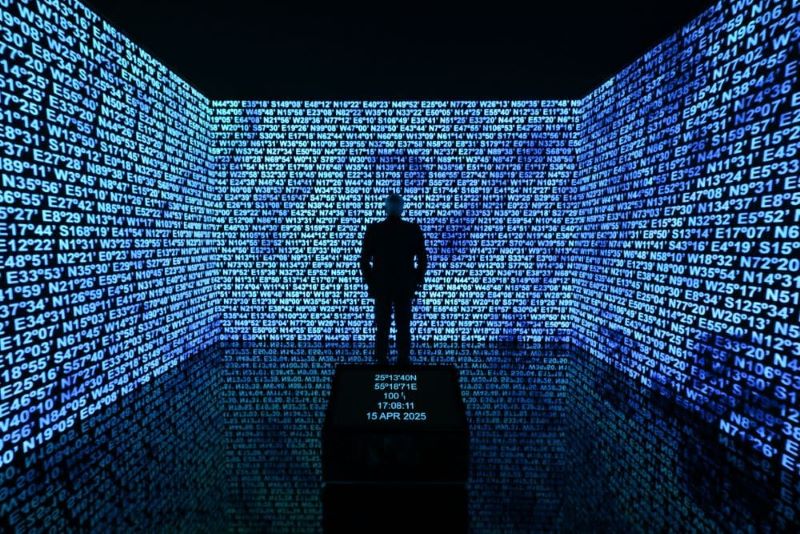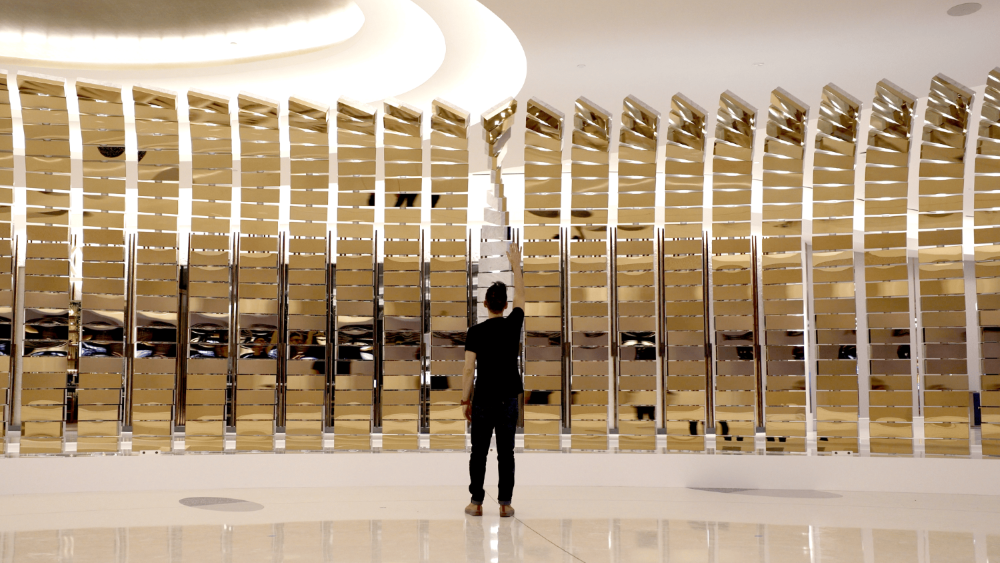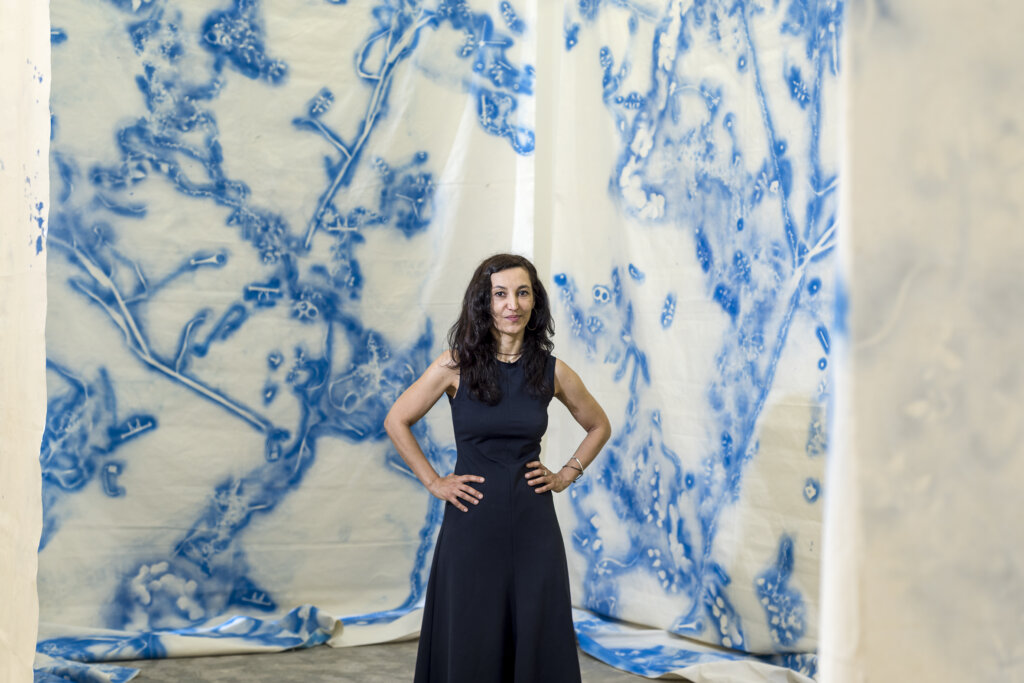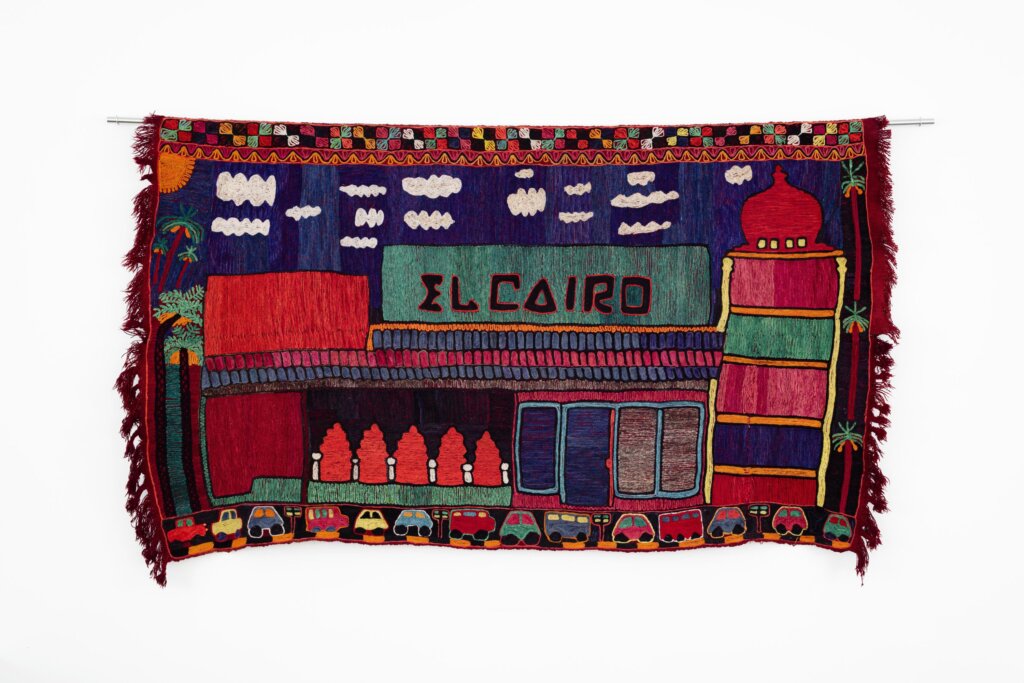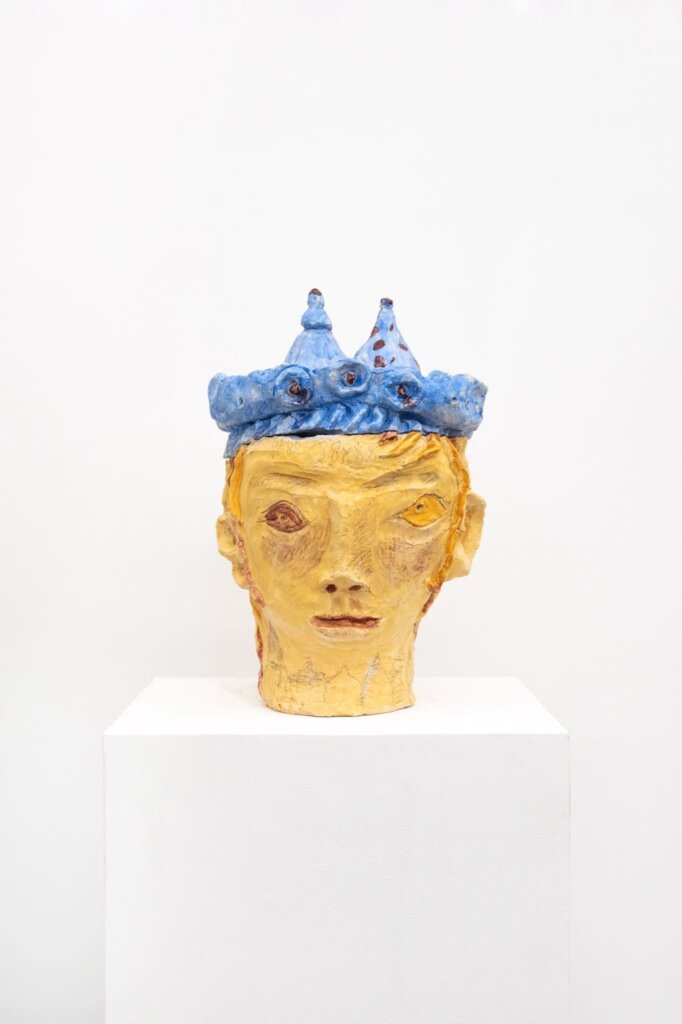The Abraaj Group Art Prize will celebrate its 10th anniversary at Art Dubai 2018. To mark the occasion, Art Dubai spoke to Ali Cherri, a shortlisted winner for the 2018 edition of the prize, about his work, his thoughts on winning the prize, and what he’s most looking forward to this year.
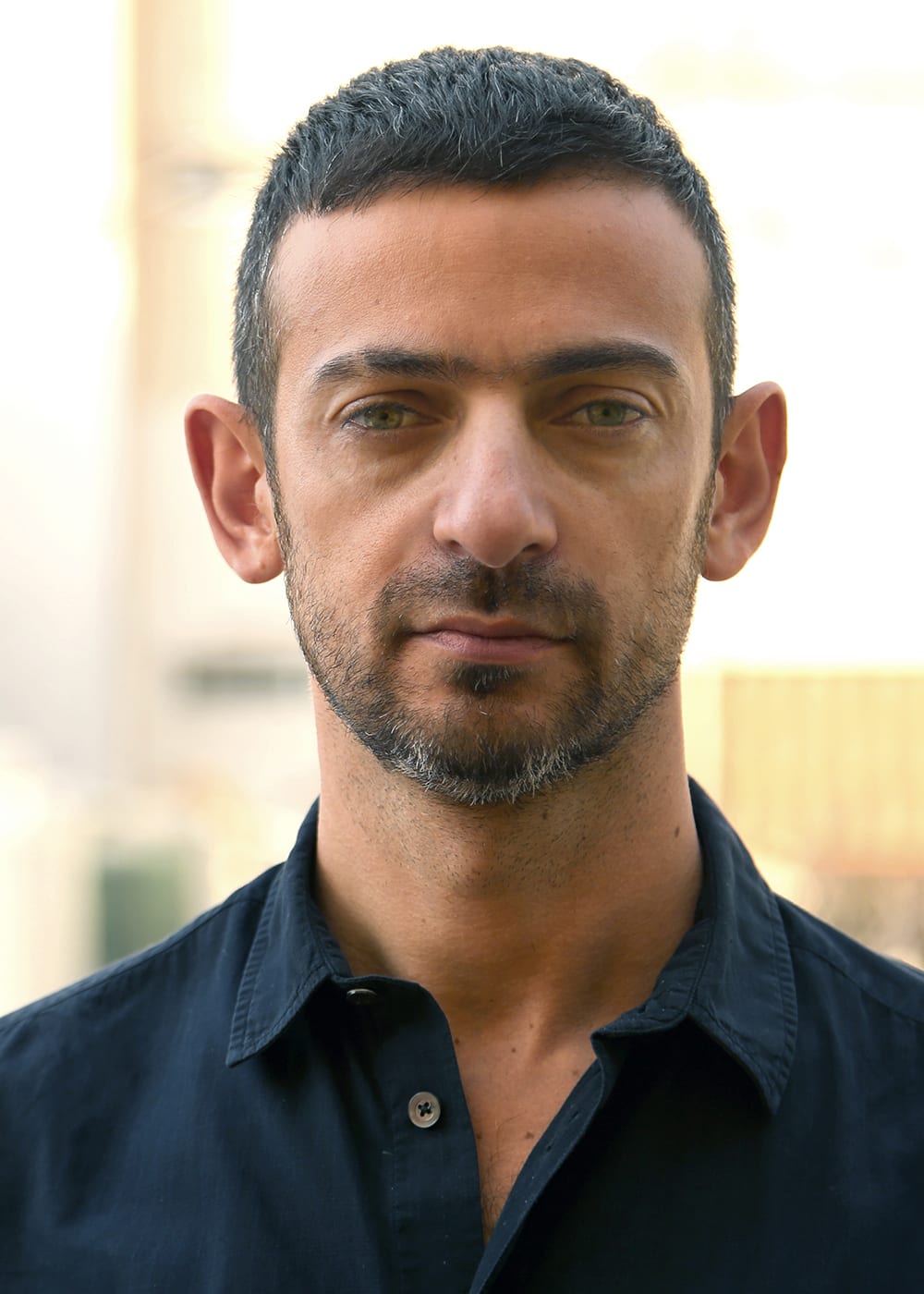
Ali Cherri. Courtesy the Artist
Ali Cherri is a film maker and visual artist living in Beirut and Paris. His recent solo exhibitions include Somniculus at Jeu de Paume, Paris and CAPC musée d’art contemporain de Bordeaux (2017); Dénaturé at Galerie Imane Farès (2017); From Fragment to Whole at Jönköpings läns museum, Sweden (2017); Taxonomy of Fallacies at Sursock Museum, Beirut (2016).
He’s the recipient of Harvard University’s Robert E. Fulton Fellowship (2016) and Rockefeller Foundation Award (2017).
Q: Congratulations on being shortlisted for this year’s Abraaj Group Art Prize. What does this award mean to you and your career?
Being shortlisted for the Abraaj Group Art Prize is an opportunity to engage and exhibit with a great group of fellow artists and friends. I am looking forward to show my new work in Dubai during an exciting art week.
Q: Can you share with us your history with Art Dubai? Has your work been displayed during previous editions of the fair?
I have been showing work at Galerie Imane Farès’s booth at Art Dubai for many years now. I have also shown a programme of video works, which are part of The Hatch curated by Maha Maamoun in 2013.
Q: I have been showing work at Galerie Imane Farès’s booth at Art Dubai for many years now. I have also shown a programme of video works, which are part of The Hatch curated by Maha Maamoun in 2013.
The moving image has always been central to my work. Since my degree in performing arts where I made my first video Un Cercle autour du Soleil, I was looking at the place of the body within the cinematic environment. This tension between an apparatus (the camera) and a subject (the body) is a central question in my creative process.
Q: A common theme amongst your work is archaeology, explored through artefacts and landscapes. How did this particular multidimensional topic develop over time for you?
Being born in Beirut right at the beginning of the civil war, I became aware of the aesthetics and politics behind ruins, whether it’s the violent war ruins, or the more picturesque historical ruins. My interest in archaeology is around this idea of what survives in a landscape of catastrophe. I see the excavation site as a place where we unearth objects that have survived the passing of time. I am interested in the whole economy that is developed around these objects; from the moment they are unearthed, till they are put on display in a museum or sold in the market.
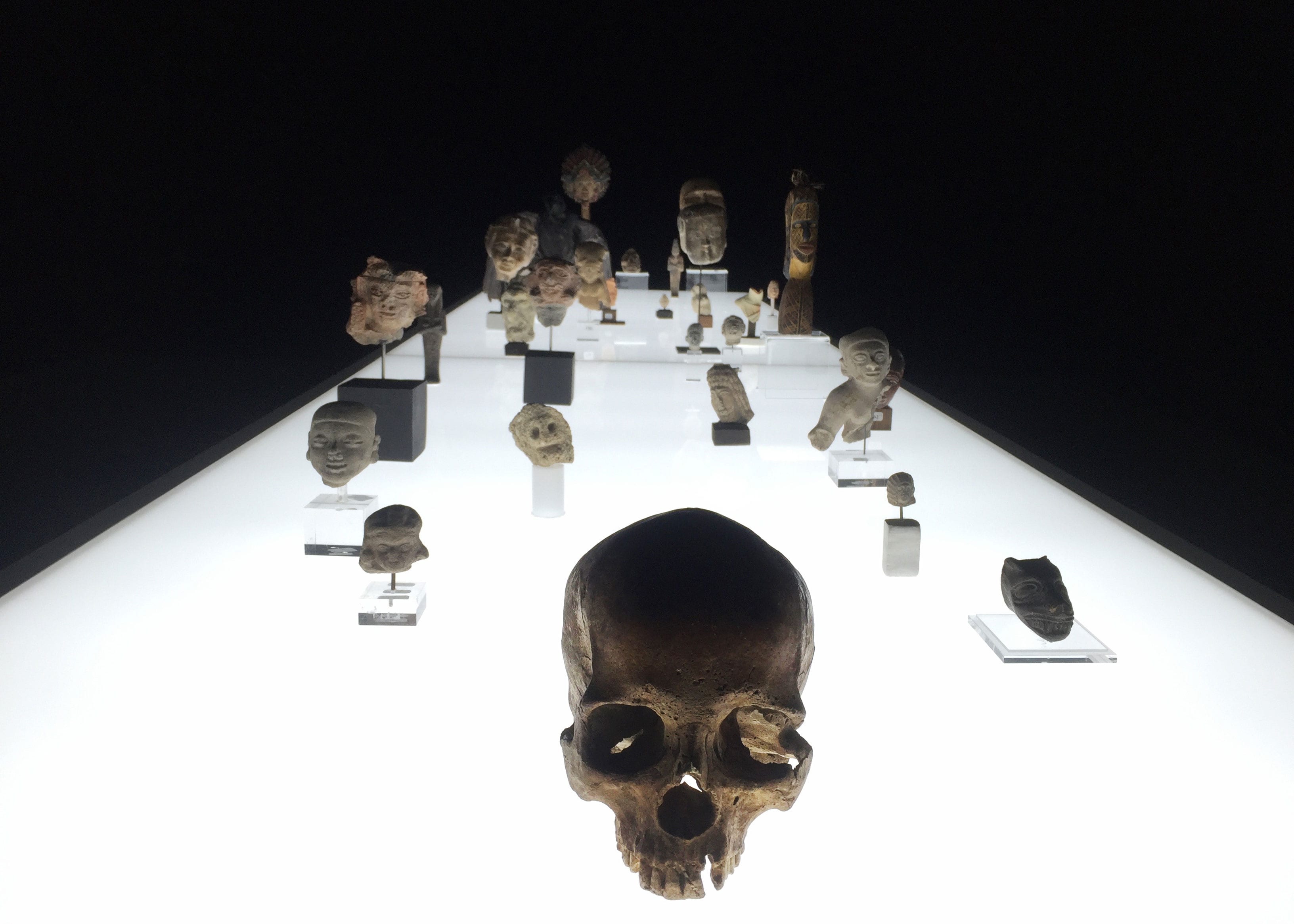
Ali Cherri, Fragments, 2016, Archeological artifacts, taxidermy bird, light table, dimension variable. Courtesy the Artist and Galerie Imane Fares
Q: In your 2016 project Fragments, you displayed a number of archaeological items that you came across in European auction houses. Can you tell us about the research and collecting process for this installation?
The installation Fragments was assembled over years of visits to auction houses mainly in Europe, looking at the commercial value of historical objects. I have built a collection of archaeological artefacts acquired on the ‘legal’ market, accompanied by experts’ certificates of authenticity and provenance. I see the auction house as a real-time index of fluctuation of desires around these artefacts; the more an object is desired, the higher the price. My gesture is to bring these objects from the market into the museum, to look at the shift in their value system, from a commodity to a museological item. The objects are placed on a light table without labels. The dominant light that surrounds them removes all the shadows, highlighting the erasure of hierarchy. When entering the museum, the artefacts turn into objects without shadows.
Q: Can you describe some of the diverse backgrounds of the interesting items you found and eventually displayed?
One of the items is a Tiwi figure from Tiwi Island off the Northern coast of Australia. The statue is made from dense iron wood and decorated with natural earth pigments and feathers. Being male and female, this figure possibly represent one of the two key ancestral heroes for the Tiwi people, Purrukupali and Bima, who brought the first mortuary ceremonies to the island. This figurative representation of ancestral beings is supposed to give the tangible, physical potency of the spirit.
Another item is an Asmat mask from the Asmat Tribe still living in Irian Jaya, an Indonesian province. The tribe is known for their headhunting practices, but also for woodcarving skills. This mask is used as a substitute skull, where woodcarving is connected to the spirit world and to appease ancestral spirits.
I have also a tau-tau, which is an effigy made of wood by the Toraja ethnic group from the Celebes Islands in Indonesia. The tau-tau figures represent the deceased, and function as a portrait guarding the tombs. They are placed at the entrance to cave tombs either sitting or standing. The Toraja people are considered to have the most complex funeral rituals in the world.
Q: In our postcolonial world, the conversation of returning objects of antiquity to their countries of origin or original context has certainly been discussed and debated. Through Fragments, were you perhaps attempting to decolonize these objects and present them in a more natural narrative?
I don’t consider the museum, despite the violent histories of many collections, as a rupture in the life of these objects. I am not building a fantasized ‘authentic’ origin where these artefacts need to return to. The question for me is not about the reversal of an unjust history, or the undoing of violence. Questions of repatriation could slowly slide into nationalist discourse that is more and more dangerous these days. My approach is not in ‘undoing’, but how to move forward from the museum.
Q: In Trembling Landscapes (2015), you examine how major cities in the Middle East have been affected by geological, architectural, and political changes. Through your work, what are some of your conclusions about these changes that have happened since the early 20th century?
I am aware how, in our region, the future is no longer a promise, but a threat for which we are all fully responsible. Today the present seems to surface as a ‘worried’ present; anxious about the catastrophes of the past that it seeks to overcome, and, the anticipated catastrophes of the future that it seeks to avoid. What I try to capture in this project is the eruption of the uncanny in a natural catastrophe; an event in its most pure form where human subjectivity has little space for intervention. In my film The Disquiet that is part of this project, I open with a quote from Bertolt Brecht, announcing how we might perceive the apocalyptic times of our current era. The quote is both disheartening as it is true time and time again: “In the dark times — Will there also be singing? — Yes, there will also be singing — About the dark times.” I find this a beautiful telling image.
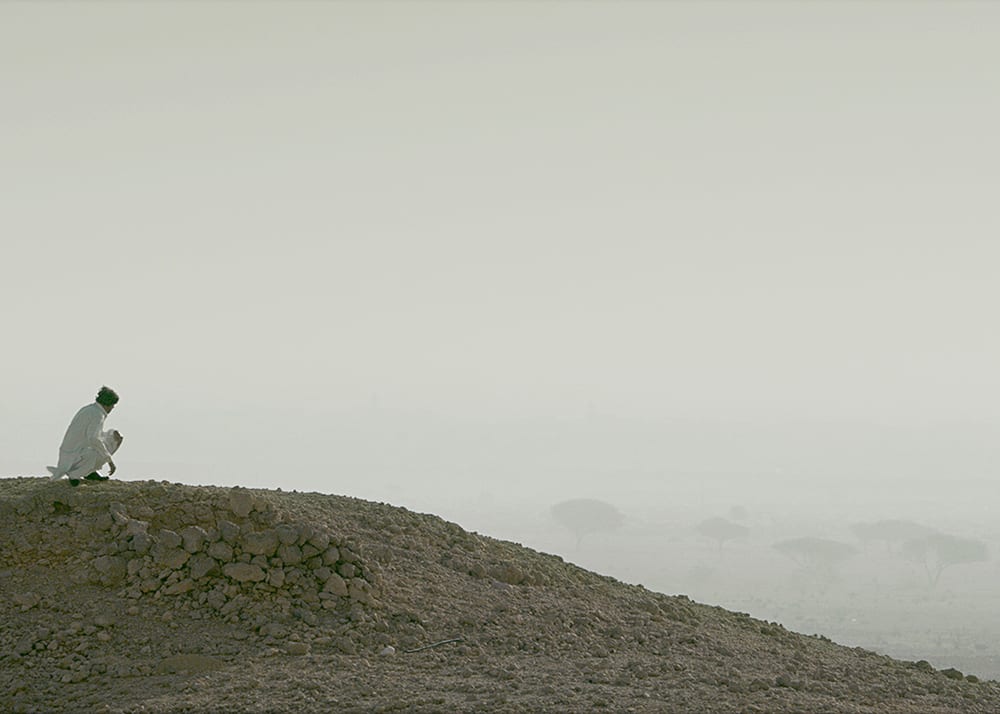
Ali Cherri, The Digger, 2015. Film HD – 24minutes. Courtesy the Artist and Galerie Imane Fares
Q: Your film The Digger (2015) is UAE-focused, in which there is an emphasis on ruins in the Sharjah desert. Tell us about this unique experience and the almost unheard of Neolithic necropolis that you filmed.
The film is set between Meliha, Jebel al Buhais and Jebel Hafeet on a 5,000-year-old necropolis. I was drawn to this excavation site for its post-apocalyptic landscape. I have to say I have a fascination with the archaeological gesture of excavation. Let’s not forget that the uncanny lies in the act of digging up; burying is what we naturally do. Anyone or anything buried in the ground is in the realm of the dead, and to excavate or exhume is a transgressive gesture. I wanted to explore the intense charge of silence, of emptiness, of absence, and to find a cinematic temporality that could bring out the spectres of the place. In this necropolis, the human remains have long since become archaeological artefacts: the film alternates between the highly luminous outside and the inside of a museum where the bones are sorted and laid out for the visitor’s eye.
Q: In the film, we come across Sultan Zeib Khan, a Pakistani man who has been protecting the ruins in Sharjah for two decades. Was there something about this arduous act and Khan that left a strong impression on you?
For 20 years, Sultan Zeib Khan has kept watch over the ruined Neolithic necropolis in the Sharjah desert. What is playing out here is the possibility for one man to become part of a landscape that overwhelms him, yet seems to need his help. Sultan is seen under the silhouette of a rock that is about to devour him or as a dwarfed figure, spade in hand walking from the back of the frame, busying himself day to day to prevent the ruin from falling into ruin. The switching between day and night or the soundscape of Sultan’s singing suggests that even the greatest solitude can allow itself to be inhabited. Above all, the film underlines the paradox of these empty tombs, where death is compounded by the absence of the relics.
Q: Finally, what are you personally looking forward to at the 2018 edition of Art Dubai?
I am very excited to work with the curator Myriam Ben Salah and to discover Lawrence Abu Hamdan’s new commissioned work and the works of the fellow shortlisted artists.




